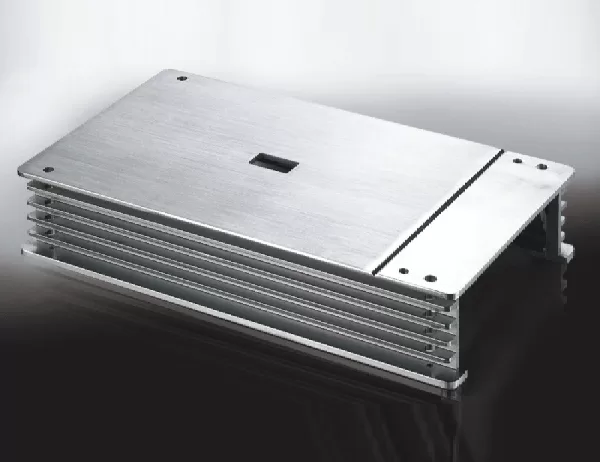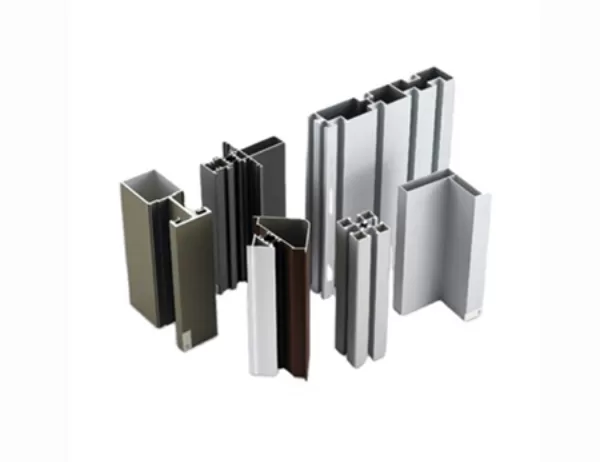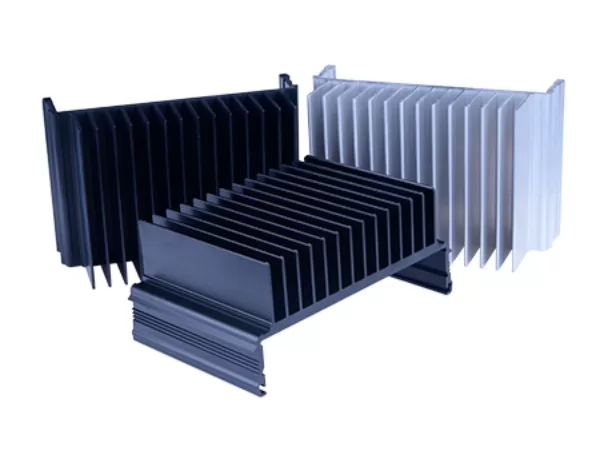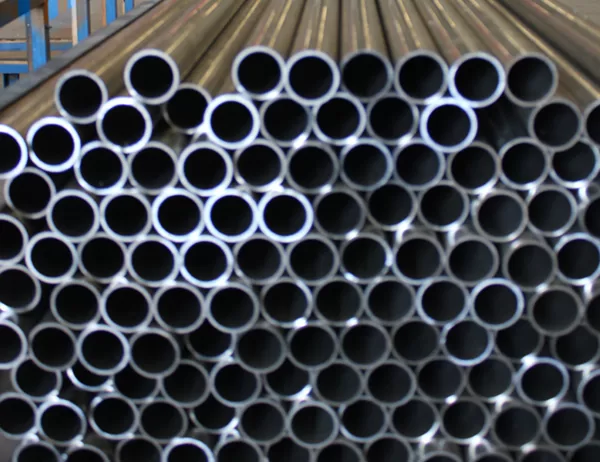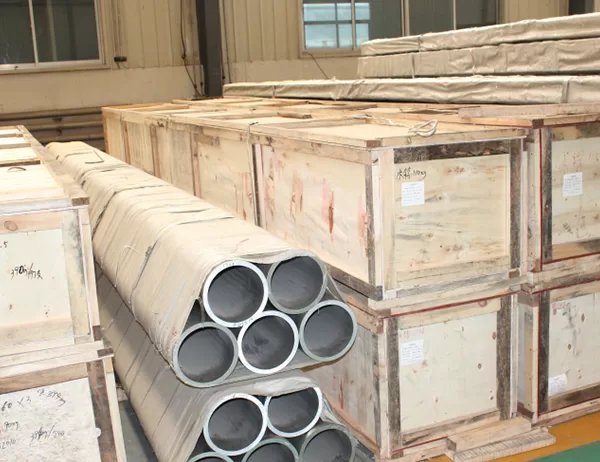In contemporary architecture, aluminium moulding profiles have emerged as a transformative element, reshaping the aesthetic and functional possibilities of built environments. Their versatility, durability, and sleek aesthetic have made them the preferred choice for a wide range of architectural applications, from intricate facades to modern interiors.
Aluminium moulding profiles offer unparalleled versatility, allowing architects and designers to create complex shapes and designs with ease. They can be bent, curved, and extruded into a myriad of forms, accommodating even the most challenging architectural visions. The extensive range of profiles and finishes available enables architects to customize their projects to achieve unique and distinctive aesthetics.
Aluminium is renowned for its exceptional durability and weather resistance. Aluminium moulding profiles are highly resistant to corrosion, moisture, and UV rays, making them ideal for both interior and exterior applications. Their longevity ensures that architectural designs remain visually appealing and structurally sound for many years to come. Additionally, aluminium is a sustainable material, as it is 100% recyclable and has a low carbon footprint.
Aluminium moulding profiles exude a sleek and modern aesthetic that complements contemporary architectural styles. Their smooth surfaces and lack of visible seams create a clean and sophisticated look. Architects can use them to accentuate lines, create depth, and highlight architectural features. The metallic sheen of aluminium adds a touch of elegance and dynamism to any space.
Beyond their aesthetic appeal, aluminium moulding profiles offer a range of functional benefits. They can be used to reinforce structural components, enhance thermal insulation, and improve acoustics. For example, they can be incorporated into window frames to create airtight seals that minimize heat loss. They can also be used as diffuser profiles for lighting systems, distributing light evenly and reducing glare.
Aluminium moulding profiles are cost-effective compared to other materials such as wood or steel. Their lightweight and easy installation process minimize labor costs and make them a practical choice for large-scale projects. Moreover, their durability and low maintenance requirements reduce the need for costly repairs or replacements over time.
Conclusion
Aluminium moulding profiles have revolutionized contemporary architecture, providing architects and designers with an innovative and versatile material for expressing their creativity. Their exceptional durability, sleek aesthetic, and functional benefits make them an indispensable element of modern building design. As technology continues to advance, the possibilities for aluminium moulding profiles are boundless, promising even greater advancements in the architectural landscape.
